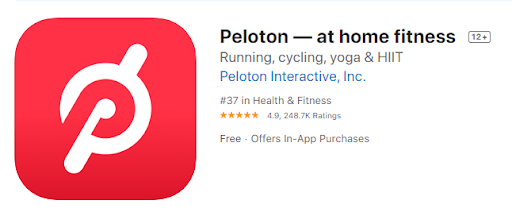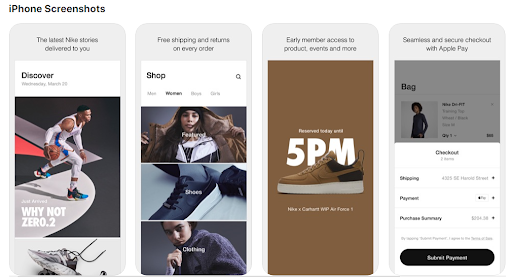As a mobile product manager, it can be easy to get caught up in shipping the latest and greatest features to help drive more app downloads and engagement. One thing that is often overlooked at many companies is App Store optimization. App Store optimization can be leveraged to immediately increase a company’s mobile user base with no engineering effort or cost required.
While I won’t be able to go into every nuance of App Store optimization here, I will show you three easy tricks for App Store optimization on iOS that any product manager can undertake during their mobile release process to help increase downloads of and engagement with their app.
Title and Subtitle
A lot of apps make the mistake of wasting the space on both their title and subtitle within the App Store. Typically, an app will just have their company’s name as the title (e.g. “Nike”), when they could be leveraging the full character length of the title for more keywords (e.g. “Nike - Premium Sneakers”). These extra words will help increase the likelihood that a new user will see your app in the App Store upon searching. Many apps even leave the subtitle field blank; this is a critical error. The subtitle can be used to leverage more keywords about the theme/value of your app to once again help increase the likelihood of your app being surfaced to users when they are searching different words and phrases within the App Store.
Both keywords in the title and subtitle can be leveraged interchangeably as “long-tail keywords” in order to rank higher for more unique searches. By definition, a long-tail keyword is a string of words or a phrase that is more specific and not as common as typical keywords (e.g. “Beginner Mountain Diving California”). Targeting these specific searches will help you find customers that are more likely to be engaged with your app.
Additionally, as the value of the app or even the world situation changes, it can be prudent to update the title to help index the app for better rankings. One great example of this is Peloton. Peloton recently changed its title to “Peloton — at home fitness.” This was an immediate response to the quarantine environment caused by coronavirus. Peloton immediately shifted the keyword title of its app, and began targeting this new group of users, allowing them to start ranking for these new, relevant searches. In fact, it is even featured by the App Store now with that exact keyword phrase.
Peloton’s nimbleness here has paid off. It’s quite possible that, as the quarantine eases, Peloton may update its title again to “Peloton — summer workouts,” all in an effort to stay directly relevant to the user and meet them in their moment of need.

App Store Pictures
Another mistake I typically see is a failure to consistently update the photography associated with apps in the app store. It is important to realize that it is not a one-and-done ordeal. Having consistently updated screenshots can help convert users that reach your App Store screen, but are unsure of whether to download. Updated images can also highlight trends and new features of the app. Afterall, what’s the point of shipping an updated navigation or design if a prospective customer can’t even see the new design, assuming they are still looking at old, legacy screenshots within the app store?

These pictures can also be updated to stay relevant to the customer as the business environment changes and shifts throughout the year. For example, a company that sells clothes may want to update its app store imagery on a seasonal basis, aligning with different seasonal fashion trends and themes. While keeping the similar theme of imagery, this company might swap out a pictured T-shirt for a more in-season hoodie. By keeping up with the changing seasons, an end-user could be seeing more targeted and relevant imagery, leading to a higher conversion rate.
Get Featured on the App Store
There are a lot of ways to get featured on the App Store. However, in my experience, the least known way is to just submit! Many people do not even know that Apple itself provides a form that you can fill out to submit for review. If approved, your app can then be featured in a prominent way within the App Store, directly increasing the number of downloads for your app. The form can be submitted when launching a new app, or when a significant update/feature change is implemented.
While App Store optimization may sometimes fall under the bucket of marketing, it can be easily updated by any mobile product manager during a release. The task often gets lost in the mix at many larger companies, but the dramatic results will be noticed.






